
AREDS2 clarifies role of supplements for advanced AMD
The addition of the carotenoids, lutein and zeaxanthin, and the omega-3 fatty acids, DHA and EPA, to a supplement formulation does not further reduce the risk of disease progression in age-related macular degeneration (AMD), said Emily Y. Chew, MD.
Seattle-The addition of the carotenoids, lutein and zeaxanthin, and the omega-3 fatty acids, DHA and EPA, to a supplement formulation does not further reduce the risk of disease progression in age-related macular degeneration (AMD), said Emily Y. Chew, MD.
However, there is evidence that lutein and zeaxanthin may play a role in lowering the risk of progressive disease, said Dr. Chew, of the National Eye Institute, National Institutes of Health.
Adding the carotenoids and fatty acids to the original formula did not appear to make a difference, but more lung cancers were noted in the beta-carotene versus no beta-carotene group (2% versus 0.9%), and mostly observed in former smokers.
The study has been published in JAMA but was released early
AREDS2, a randomized phase III trial, enrolled 4,203 participants aged 50 to 85 years who were at risk for progression to advanced AMD. A secondary goal of the study was to evaluate the effect of eliminating beta-carotene, lowering zinc doses, or both in the AREDS formulation.
They were randomly assigned to receive lutein (10 mg) and zeaxanthin (2 mg), DHA (350 mg) + EPA (650 mg), lutein + zeaxanthin and DHA + EPA, or placebo. All participants were also asked to take the original AREDS formulation or accept a secondary random assignment to four variations of the AREDS formulation, including elimination of beta-carotene, lowering of zinc dose, or both.
“This is a very complex study, with a number of subanalyses,” Dr. Chew said. “And in the primary analysis, we really only looked at half of the population.”
In their primary analyses, there were no statistically significant reductions in progression to advanced disease when compared with placebo. None of the added nutrients appeared to affect the development of moderate or worse vision loss.
However, at 5 years, AREDS without beta-carotene and with lutein and zeaxanthin showed lower progression to advanced AMD, Dr. Chew said.
“The addition of lutein and zeaxanthin to the AREDS formulation in the analysis showed a 10% decrease in the risk of progression to advanced AMD,” Dr. Chew said. “Nothing showed for the addition of omega-3 fatty acids or for beta-carotene or lower zinc doses.”
Lutein + zeaxanthin need to be investigated further for their potential inclusion in the AREDS supplements, and may be an appropriate substation for beta-carotene.
“We hope to make a safe and more efficacious formula for our patients,” Dr. Chew said.
For more articles in this issue of Ophthalmology Times Conference Brief,
Newsletter
Don’t miss out—get Ophthalmology Times updates on the latest clinical advancements and expert interviews, straight to your inbox.


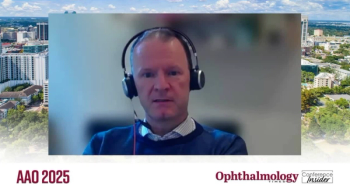
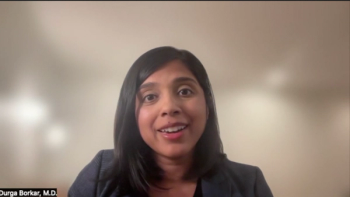

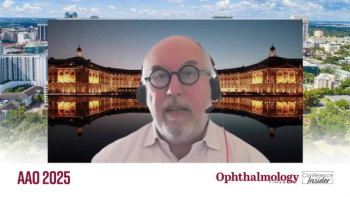



























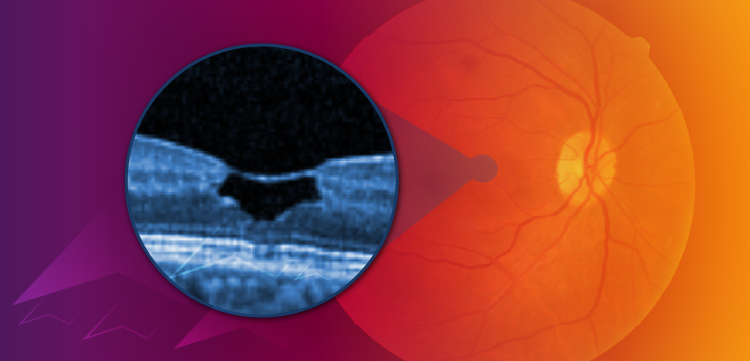

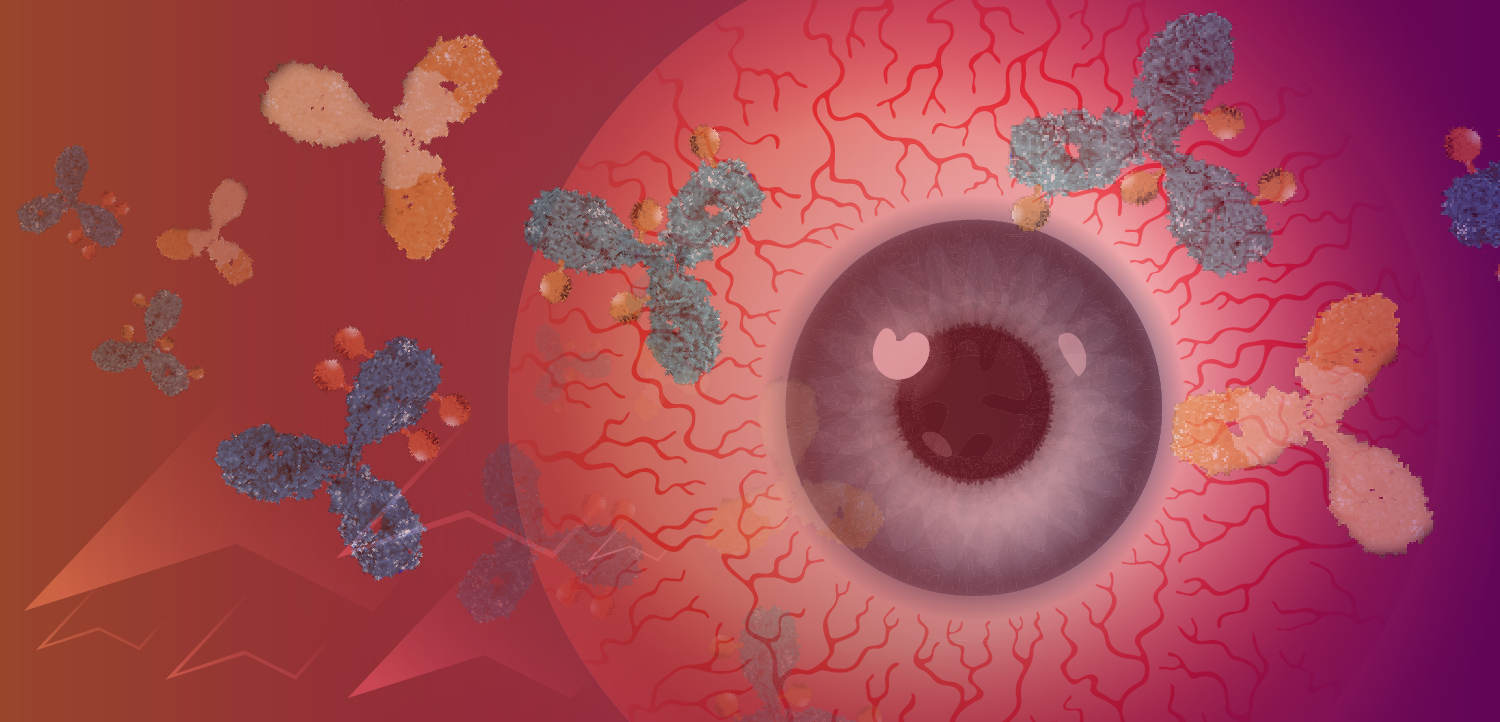
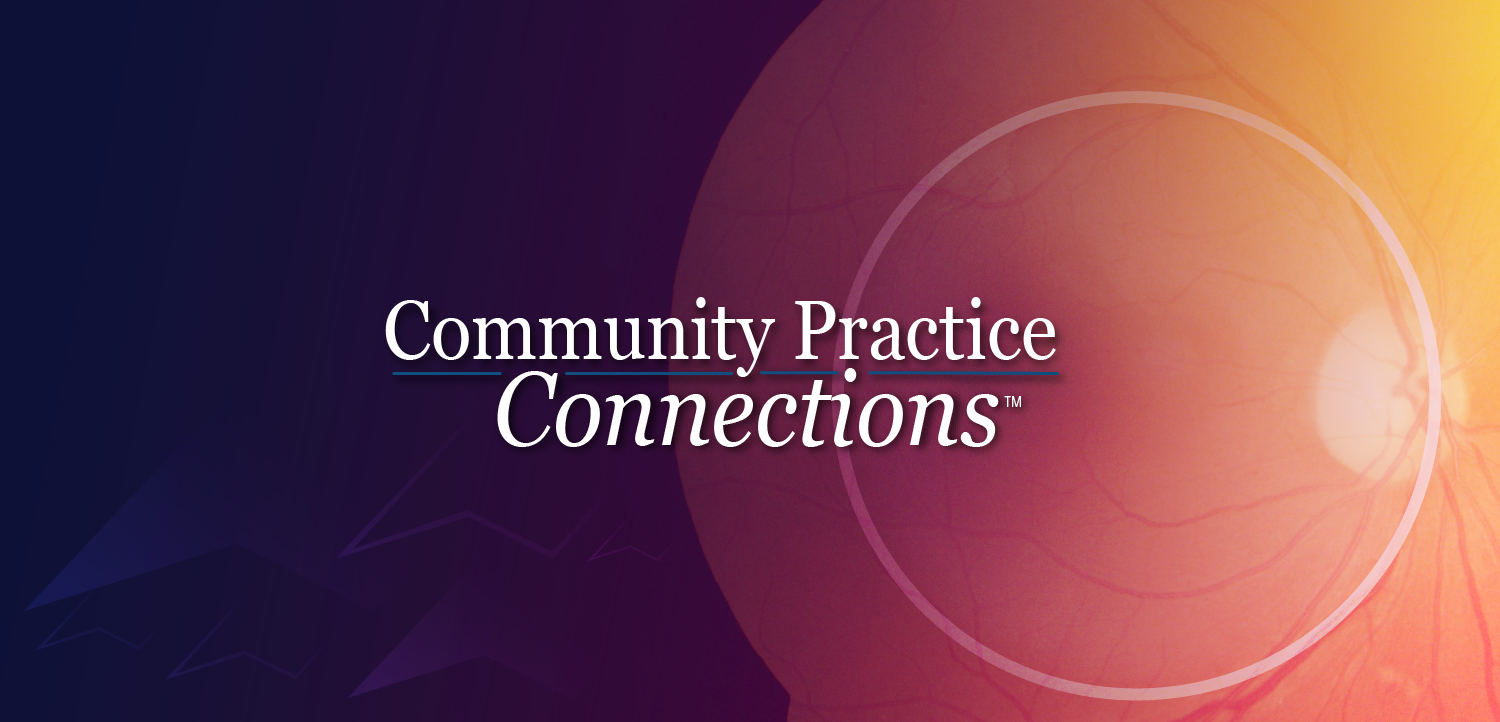

















.png)


